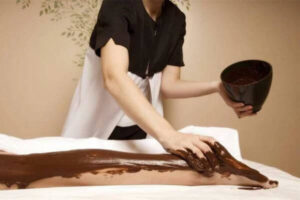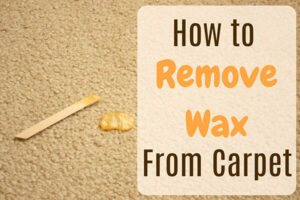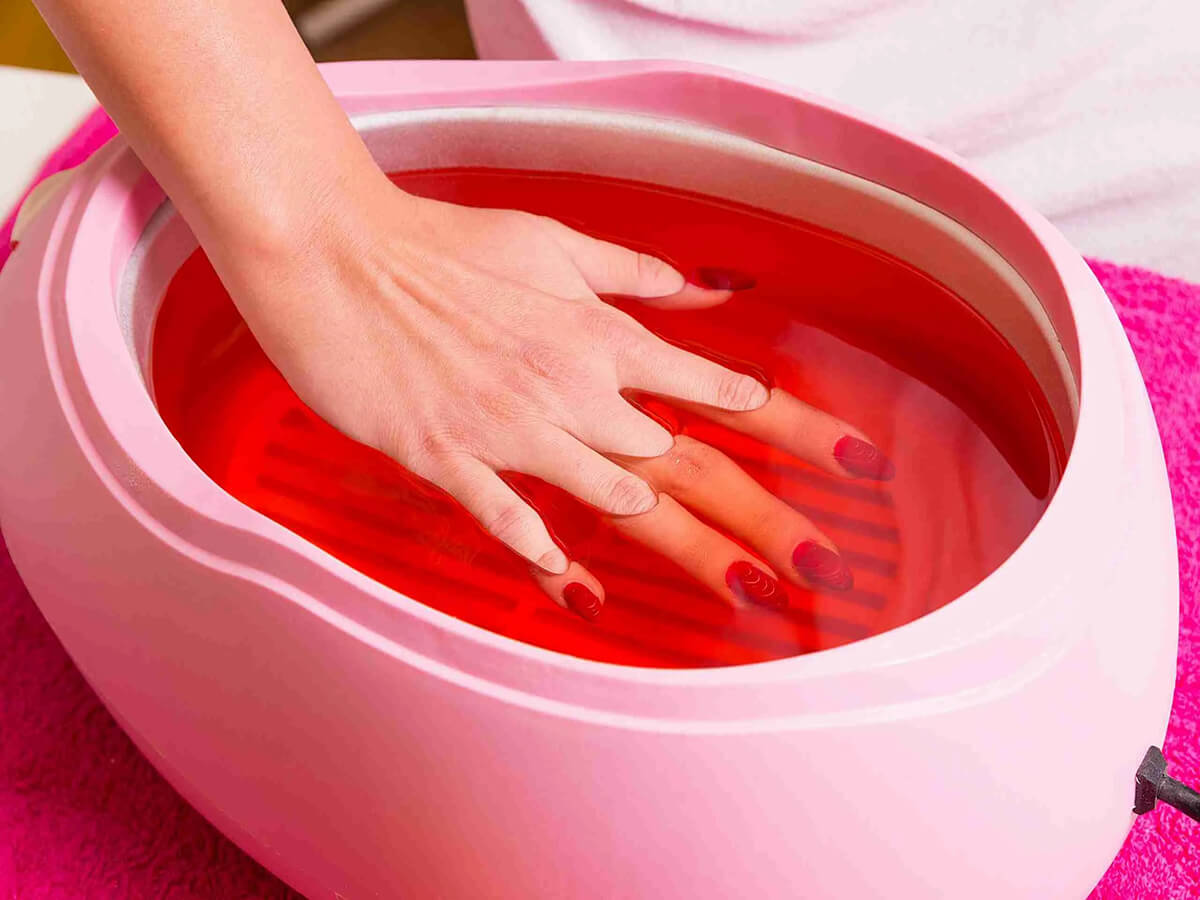Paraffin is a colorless, soft wax that provides therapeutic heat therapy to hands and feet. It also has a softening and moisturizing effect on the skin. Like other waxes, paraffin wax melts when heated. It has a very low melting point, so it is safe to be exposed to in liquid form. This means people can dip their hands or feet into the wax for potential therapeutic benefits. This article will explain paraffin wax, its benefits, risks, and how to use it. Read on to learn more.
1. What is paraffin?
Paraffin is a by-product of heating or distilling petroleum (also called crude oil). It’s a solid waxy substance that companies often use to make candles. Paraffin has other uses, such as a hardening agent in ointments or as an anti-inflammatory cream for the skin. It can also be used to relieve arthritis, sore joints, or sore muscles. While the wax melts and becomes hot, dipping your hands in the wax is a great way to relieve pain. Paraffin wax is a home treatment recommended by hand experts.
People often use it to relieve symptoms of arthritis, and some spas offer it as a treatment. Paraffin is also a mineral oil and an ingredient in many skin creams, lotions, and gels.
2. Benefits of using paraffin wax
Paraffin has some potential therapeutic uses. Some salons and spas use it to soften skin or relieve joint and muscle pain. Two of the main benefits of paraffin are its moisturizing or skin-softening properties and its use in heat therapy.
1) Moisturizing
Paraffin wax is often used in spas and salons for skin-softening treatments to moisturize hands, feet, and cuticles. Paraffin is an occlusive humectant, which means it forms a physical barrier on the skin to prevent moisture loss. A person’s skin can feel soft as a result of this.
Occlusive agents such as paraffin can also help relieve symptoms of dry skin, such as atopic dermatitis. However, occlusive moisturizers may leave the skin feeling greasy. A thick barrier on the skin can also lead to clogged pores and acne.
2) Heat therapy
People can use paraffin as a form of heat therapy on their hands or feet. To use it for heat therapy, people can melt the wax, test the temperature, and dip their hands or feet in it. Increased circulation and blood flow to the area may relieve stiff muscles and joints.
People with different forms of arthritis may find that this form of heat therapy helps reduce pain, stiffness, and swelling, and helps improve mobility and flexibility.
3. How to use paraffin wax
Paraffin treatments may be offered in salons and spas, but people can also use this treatment at home. Treatments at home and at a spa can be very similar. When using wax at home, a person should be careful when heating the wax and follow all instructions on the kit.
To perform paraffin treatment at home, follow these steps:
- Hands should be washed with soap and water and dried.
- Rub lotion into hands: Wax can be easily removed by using hand cream after treatment.
- Dip your hand into the wax: Your fingertips should be dipped into the wax first. If necessary, spread your fingers apart and fully immerse your hands into your wrists.
- Remove your hands after applying the wax.
- Repeat steps 3 and 4: Dip your hand into the water 6-8 times, waiting a few seconds between each dip. This will create a layer of wax on your hands.
- Immediately cover your hands with plastic wrap and wrap them in a towel: wait 10-15 minutes. This will bring moist, deep heat to your hands.
- After 10-15 minutes, remove the towel, plastic bag, and cooled wax.
- Place the wax on your hands back into the paraffin set for reuse.
- Continue to perform the exercises recommended by your hand surgeon and/or hand therapist.
1) How to use paraffin safely
Although paraffin wax is beneficial to the skin and joints, there are safety risks associated with its use. According to the National Oceanic and Atmospheric Administration (NOAA), paraffin wax is highly flammable, and inhaling its fumes can cause severe irritation. Therefore, inexperienced people should avoid using it at home.
To avoid fire hazards and toxic fumes, a person should not heat wax over an open flame. One way to gently melt wax is to place it in a bowl with a pot of hot water over it. People should also be wary of the temperature of the wax before putting their hands or feet in it, as hot wax can cause burns. The temperature should be comfortable to the touch and should not exceed 125°F (51.7°C).
People with sensitive skin should also be careful when using paraffin as it may cause a reaction. A person should do a patch test before using any new product. To do a patch test, a person should apply a small amount of paraffin wax to a small area of skin and then leave it on for 24 hours. If any reaction occurs, avoid using this product.
The safest way to use paraffin is to go to a professional spa or salon. If a person uses it at home, they should follow the safety guidelines above.
4. Dangers and side effects of paraffin
Experts generally agree that paraffin wax is safe and effective when used as a moisturizer or heat therapy in a spa or at home.
However, the use of paraffin wax should be avoided under the following circumstances:
- any open cuts, wounds, or burns
- Sensory disorder of hands and feet
- Sensitivity to any chemical substance
- People with chemical sensitivities may experience rashes, swelling, or breakouts if they use paraffin because paraffin is a petroleum product.
People with poor circulation or a history of hand numbness should not use paraffin wax as they may not be able to accurately feel the temperature. The skin may be damaged by this process.
5. How much does paraffin treatment cost?
Treatment costs vary greatly by location and salon. Typically, the treatment will last about 30 minutes and may cost around $15 or more. Home paraffin treatment kits may be more cost-effective because a person can reuse some of the material. Prices can also vary, but a person can purchase a DIY paraffin wax kit online for around $60.
6. Conclusion
People use paraffin wax for a variety of purposes, including as a skin moisturizer and as a heat treatment for arthritis. Paraffin wax can help relieve dry skin and can help relieve swollen joints and muscle pain.
A person can order a paraffin pack to try at home or find a participating salon or spa for a treatment. However, people should follow safety guidelines and avoid treatment if they have open sores and wounds or any chemical sensitivities. If you would like more information about paraffin wax, please contact Auperwel.
How useful was this post?
Click on a star to rate it!
Average rating 5 / 5. Vote count: 2
No votes so far! Be the first to rate this post.








